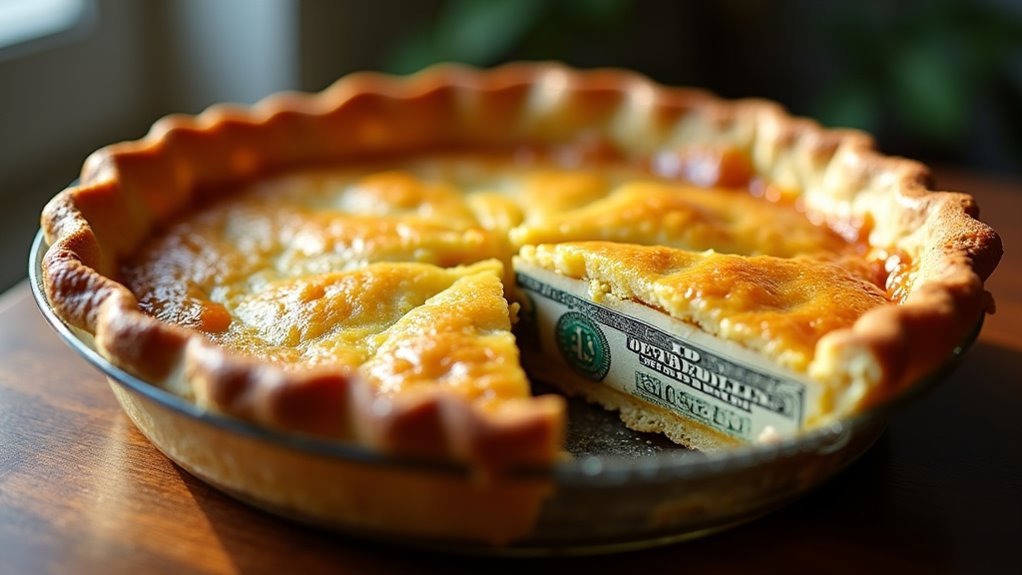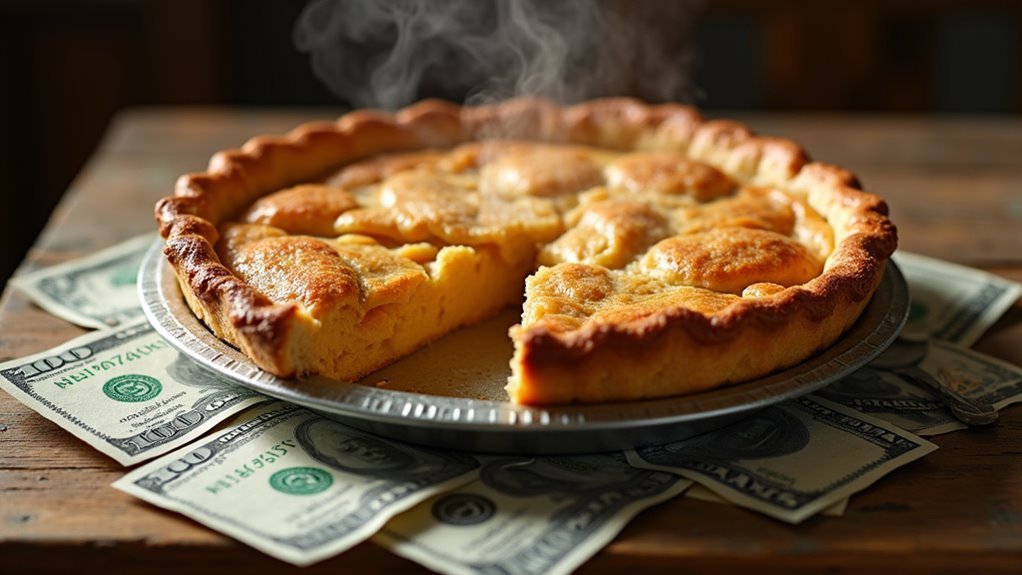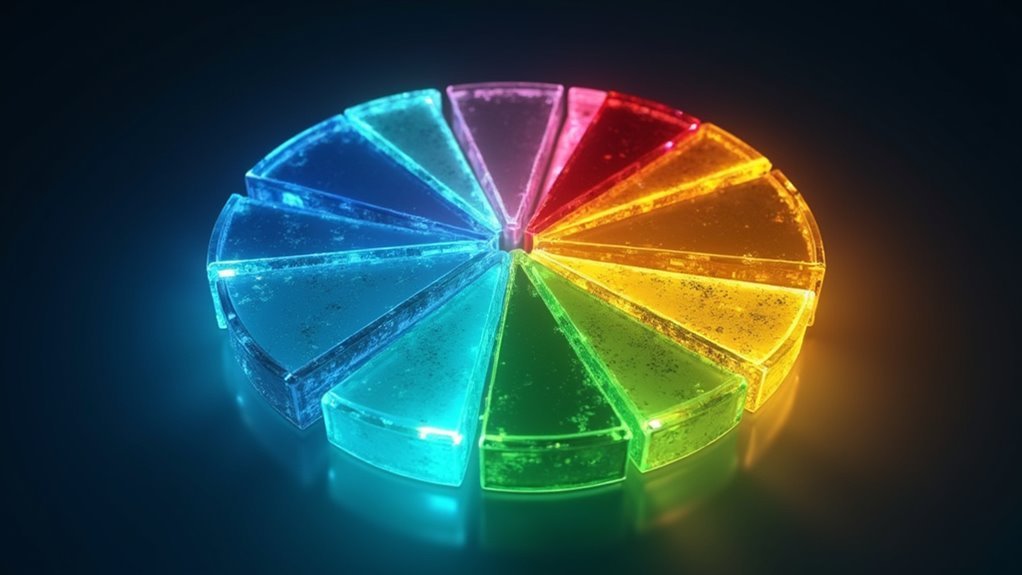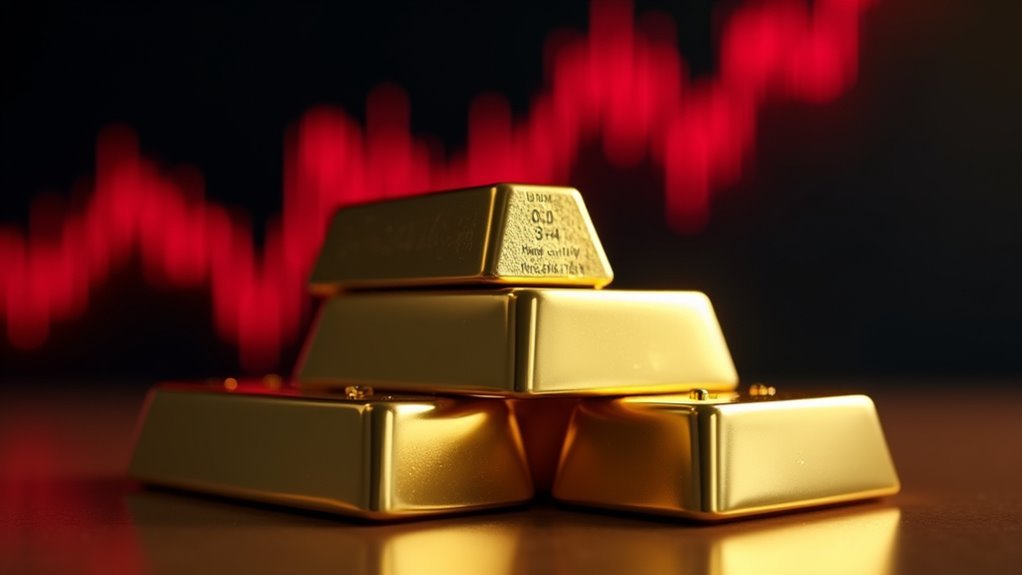Dividends are a company’s way of sharing profits with stockholders, usually paid out quarterly in cash. Think of it as companies saying “thanks for believing in us” with actual money. While most companies distribute dividends as cash payments, some offer additional shares of stock instead. Not every company pays dividends though – many fast-growing tech firms prefer keeping their cash to fuel expansion. There’s more to the dividend story than meets the wallet.

Money talks, and dividends speak volumes. When companies make profits, they face a choice: keep the cash or share it with stockholders. Dividends are those sweet slices of corporate pie that get handed out to shareholders. Think of them as a “thank you” note with dollar signs attached. Most companies dish out these rewards quarterly, though some do it monthly or annually. But here’s the kicker – they’re not guaranteed. The board of directors gets to play gatekeeper, deciding whether shareholders get paid or not.
Dividends turn corporate success into shareholder rewards, but remember – these financial thank-you notes aren’t guaranteed.
Companies have different ways of paying dividends. Cash is king and the most common method, but some corporations get creative. Stock dividends? That’s when they hand out extra shares instead of money. Special dividends are like surprise parties – one-time events that make shareholders dance. And then there’s the mysterious world of preferred dividends, where certain shareholders get special treatment with fixed payments. Historical data shows that reinvested dividends have generated over two-thirds of the S&P 500’s total returns since 1960.
Timing is everything in the dividend game. First comes the declaration date – the company’s big announcement. Then there’s the ex-dividend date, which is basically a “too late, buddy” cutoff point for new investors wanting that particular dividend. The record date determines who’s eligible, and the payment date is when the money actually hits accounts. Simple, right? Companies often choose a stable dividend policy to provide consistent income to their investors.
Smart investors keep an eye on dividend yield – that percentage showing how much bang they’re getting for their investment buck. But bigger isn’t always better. Some folks choose to automatically reinvest their dividends through DRIPs, turning those payments into more shares. No muss, no fuss, just automatic compounding. Fast-growing tech companies typically skip dividends to reinvest their earnings into expansion.
The tax folks want their cut too. Qualified dividends get special treatment with lower tax rates, while ordinary dividends get taxed like regular income. There’s a whole 61-day holding period rule that determines which is which. It’s enough to make an accountant’s head spin.
Love them or hate them, dividends remain an essential part of the investment landscape. They can signal a company’s strength or, sometimes, its lack of better ideas for using cash.
Frequently Asked Questions
Can Dividends Be Paid in Forms Other Than Cash?
Yes, companies can distribute dividends in several non-cash forms.
Stock dividends give shareholders additional company shares instead of money.
Property dividends hand out physical assets like real estate or equipment.
Scrip dividends are basically IOUs – promissory notes promising future payment.
Some companies even get creative with hybrid dividends, mixing cash and non-cash components.
Each type offers different benefits to both companies and shareholders.
What Happens to Dividends When a Company Files for Bankruptcy?
When companies go bankrupt, dividends stop. Period. It’s that simple – the cash needs to go to creditors first.
During Chapter 11 reorganization, shareholders get nothing while the company tries to stay alive.
In Chapter 7 liquidation, it’s even worse – both dividends and shares typically become worthless.
Even if the company survives bankruptcy, there’s no guarantee dividends will ever return. Tough break for stockholders.
How Do Dividend Reinvestment Plans (DRIPS) Affect My Tax Obligations?
Dividend reinvestment plans still trigger taxes, even though investors never see the cash. The IRS doesn’t care if those dividends went straight back into more shares – they’re taxable income. Period.
DRIPs increase an investor’s cost basis with each reinvestment, creating new tax lots. Qualified dividends get better tax treatment than regular ones.
The real kicker? Every reinvestment needs tracking for eventual capital gains calculations.
Are Foreign Dividend-Paying Stocks Taxed Differently Than Domestic Ones?
Foreign dividends face similar tax treatment as domestic ones – but with extra complications.
Qualified foreign dividends get those sweet preferential rates (0%, 15%, or 20%), while non-qualified ones get taxed as ordinary income.
The real headache? Foreign tax withholding. Many countries grab their cut first, though tax treaties can reduce the bite.
At least there’s a foreign tax credit to ease the pain.
Can Companies Change or Cancel Their Dividend Payments Without Notice?
Companies absolutely can change or cancel dividends whenever they want. No warning required.
That’s the cold, hard truth about dividends – they’re never guaranteed. While most companies try to give shareholders a heads-up before making changes, they’re not legally required to do so.
The board of directors calls the shots, and they can slash, suspend, or axe dividend payments completely. Just like that.








